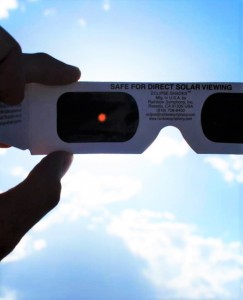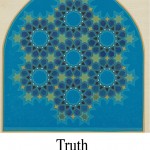This summer, darkness will fall across the face of America. Birds will stop singing. Temperatures will drop. Stars will become visible in the daytime sky.
In less than 20 days, a total solar eclipse will sweep across the continental United States for the first time since 1918. Astronomers are calling it the Great American Eclipse.
For the amateur sky-watcher, a total eclipse presents a rare opportunity to witness a cosmic hiccup in our day-night cycle. For solar astronomers, however, the eclipse offers something else: three minutes (give or take) to collect as much data as possible about the sun’s usually hidden outer atmosphere. Researchers have been anticipating the event for years.
If you remember donning those paper eclipse glasses to watch as the moon appears to take a bite out of the sun, you may think you have seen a total eclipse. But you haven’t. What you witnessed was a partial eclipse, a phenomenon as different from a total eclipse as day is from night. Literally. The sun is so bright that even when 99% of it is covered by the moon, the remaining 1% is still bright enough to make the sky blue, said Jay Pasachoff, an astronomer at Williams College in Massachusetts who has seen 33 total eclipses and 32 partial eclipses. During a total solar eclipse, the moon completely obscures the face of the sun, causing the daytime sky to darken by a factor of 1 million.
Contact Scott Carlson or stop by the office for your free pair of Scott Carlson Eclipse Viewing Sunglasses for your friends, family, and kids. Call 214-793-322 or email scott@scottcarlson.com
When: August 21, 2017 9amPST/1pmEST
Where: USA
Price: Free
Link : LA Times






